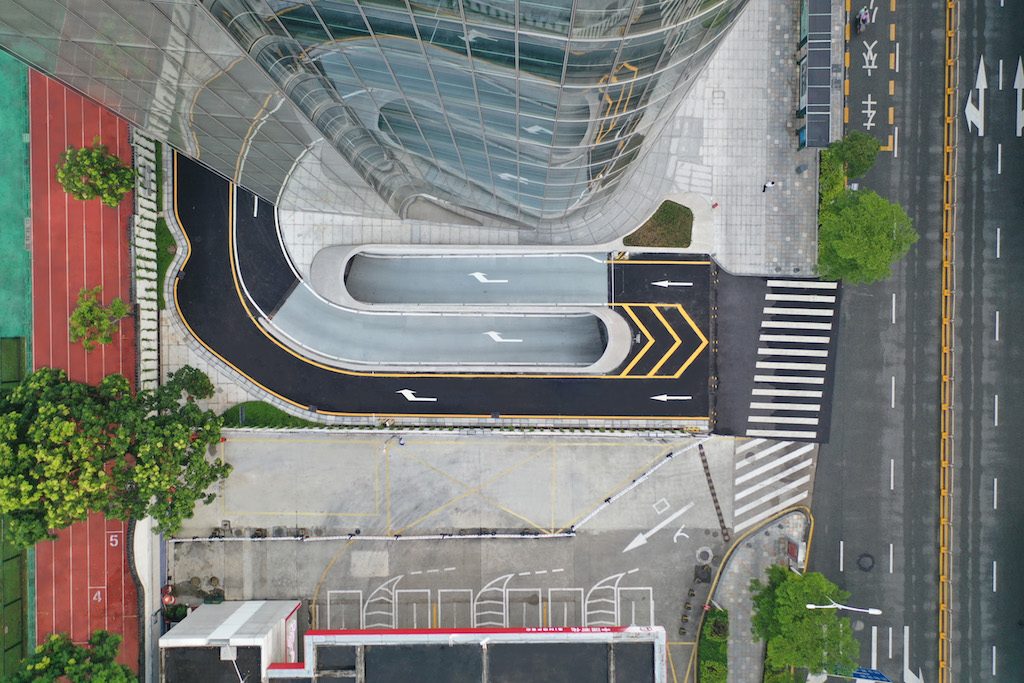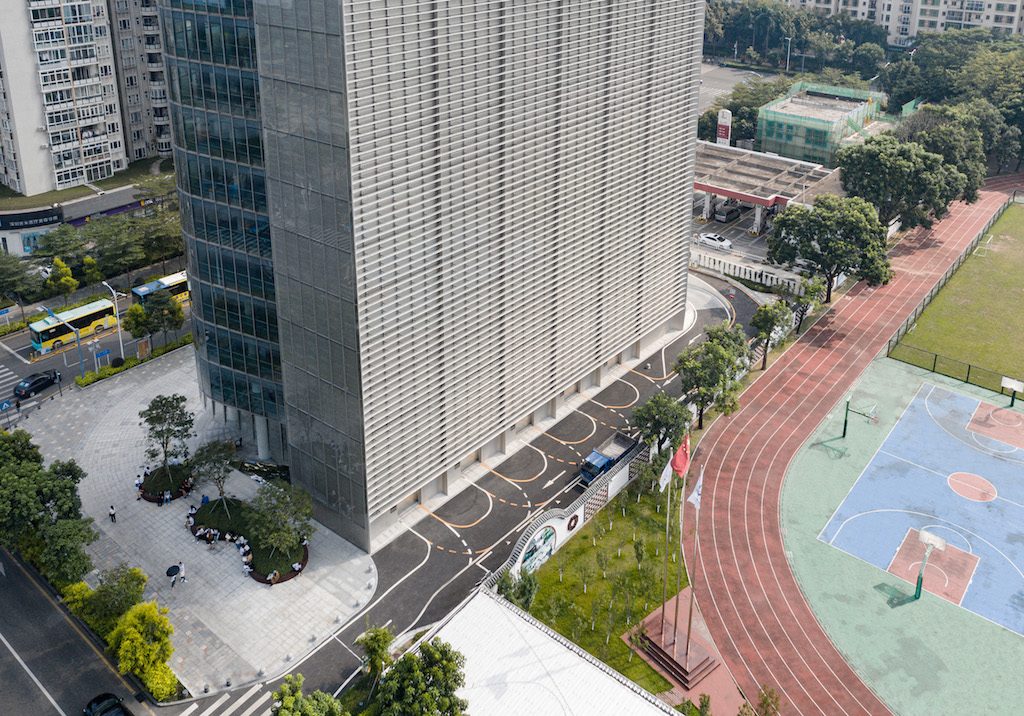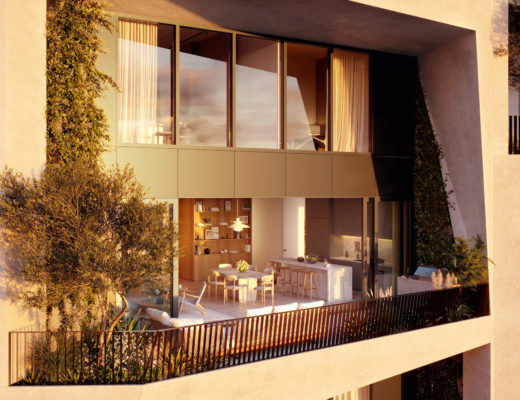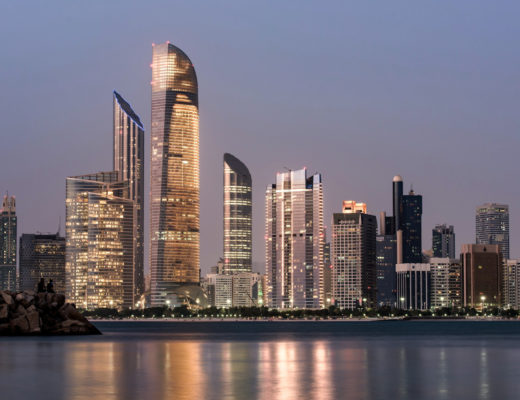The recently completed Huitong Hybrid Tower in Shenzhen by Jaeger Kahlen Partners (JKP) won the Award of Excellence in the Tall Building Innovation category at the CTBUH 2020 Awards programme. The project seamlessly integrates parking and offices in a single building located in a dense urban core. The presentation ceremony will be held between April 5 to 7, 2020 in Chicago.

Huitong Hybrid Tower presents a novel idea in skyscraper design — part office space and part high-tech car park. By efficiently and seamlessly integrating parking spaces into the design, JKP increased buildable area under zoning regulations and maximised the value of the project to both the users and the city.

“The brief consisted of aligning a programme of a maximum capacity urban car park and high-density office space on a tight urban site. Through our design, and the hybridisation of two different typologies, we’ve provided planning efficiency and space optimisation. Moreover, we considered the integration of the building into the urban background. We designed the street-level public area with the idea of urban plaza+city furniture, using the arcade structure for the ground floor lobby.” – JKP Architects
Situated near the waterfront in Nanshan’s coastal City and surrounded by bustling commercial, entertainment, and residential neighbourhoods, the project engages its context to take advantage of the unique site conditions and enrich the surrounding urban fabric.

The tower sits at the bottom of a valley and is the only tall building in the area. Its height of 80m responds to this condition, following the visual trajectory created by the increasingly tall towers that rise up the valley to contribute to a unified skyline. “Being adjacent to a gas station on one side, and a school on another, this means we had to keep a certain distance from the gas station and avoid sunlight reflection onto the schoolyard. As you can see, the latter determined the structure and materials that we chose for the side that faces the school,” explains the team.
The east facade overlooks Shenzhen Bay and faces a bustling urban street. This facade is curved, maximising views out over the bay and creating an inviting presence on the street. A landscaped entrance plaza further integrates the building into the city, creating a new social space for pedestrians. The entrance lobby includes lighting displays and graphics that evoke traditional Chinese painting, creating dynamic visual effects visible from the street.

“Situated at an intersection with limited space, traffic organisation is very complicated. Even more so when we take into consideration the two parking systems – underground and mechanical, and how we should integrate them into one building,” share the project architects.

The parking area’s 14 storeys are discreetly integrated into the less public western facade. A metal perforated panel system conceals the parking from view while lending the building its distinctive interplay of solid and transparent volumes. The parking system optimises both spatial efficiency and car-loading times, maximising the amount of useable office space while still providing a quick and reliable parking service. The sophisticated design of the parking features six turbo lifts that allow cars to be loaded or retrieved in under 90 seconds. This combined with a spatially efficient approach to storing cars allows a total capacity of 500 vehicles while leaving the most possible floor area for offices.

To create contemporary offices that foster employee wellbeing, the design discreetly tucks parking into the back of the building and mitigates noise with innovative acoustic strategies. A glare-reducing ipachrome frit print on the facade creates comfortable and naturally lit workspaces.
Photos: Wenrui Ye




